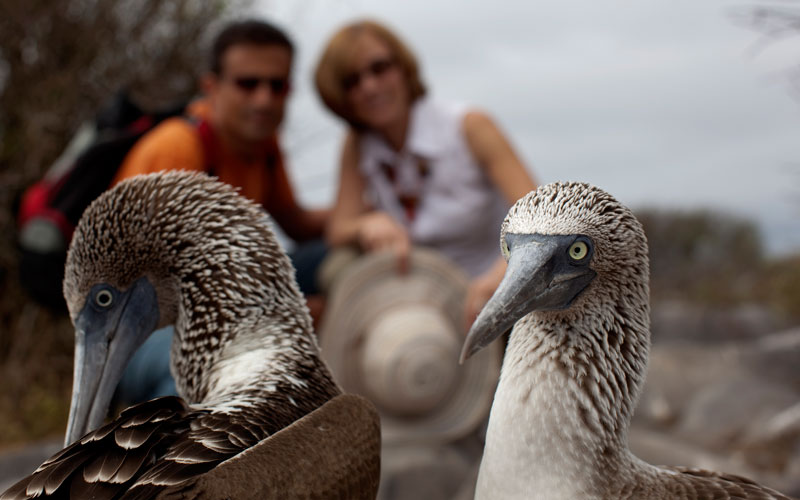The Galapagos Islands attract thousands of visitors every year, and nearly all of them are equipped with cameras. This is not surprising since the Galapagos Islands are a world-class photography destination for professional and amateur nature photographers .
Here are some tips for photographing your once-in-a-lifetime trip to the Galapagos.
1. Schedule a combination cruise/land stay in the Islands
Taking a cruise in the islands has certain advantages for the photographer as does staying on land. All Cruises are ideal for photographers because only cruises go to outlying islands such as Española and Genovesa, which are home to species not found elsewhere.
Consequently, cruises have their drawbacks for photographers. Although you’ll get to the visitor sites early, you’ll also be back on board by six o’clock in the evening, which means that you may miss out on dramatic late afternoon light. Your visits will often be dictated by other tour members. You may be rushed if not everyone wants to wait 15 minutes for you to get the perfect photo of an iguana.
Consider scheduling a few days in the towns. You’ll have a lot more freedom and much less pressure.
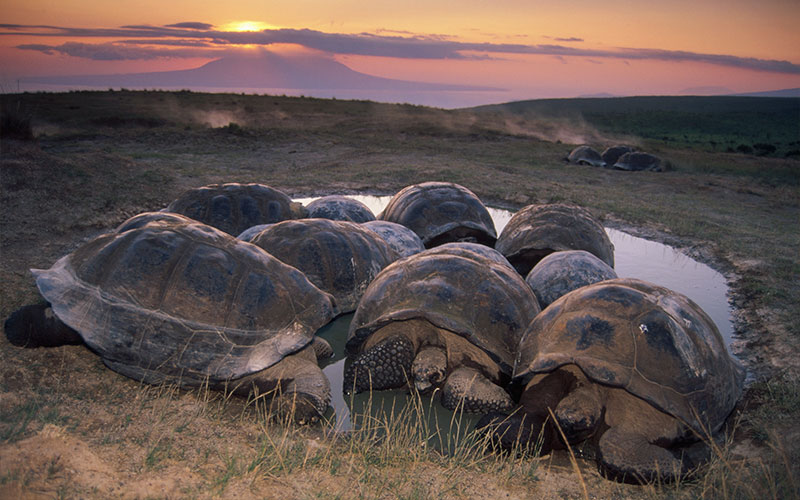
2. Don’t Forget the Water
On the highlands there are pleanty of mangroves, beaches and arid trails which are great for taking wildlife photos. However, dry land is only half of the fun in Galapagos! Many of the best photos taken in the islands were shot underwater. You don’t have to be a scuba diver. Snorkelers often see sea turtles, sharks, dazzling reef fish, octopi, penguins and much, much more. Underwater cameras get more sophisticated every day. Some are simple point-and-shoots much like you would use above water.
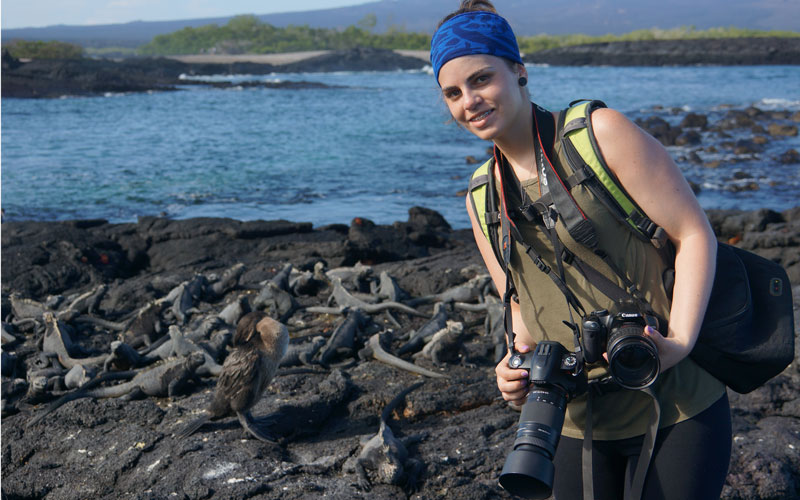
3. What to Bring
Serious photographers should consider carefully what to bring with them. Bringing multiple cameras is a good idea since there are more than a few cameras at the bottom of the sea dropped by careless travelers. Falls on rocky trails are also common. Bring plenty of memory space and extra batteries or a charger as well as extra memory cards. A good zoom is a must for really great shots, and a tripod can come in very handy. And don’t forget flash photography is not allowed in the protected areas.
Check out our instagram profile for some photography inspiration.
A Layman´s Guide to Photography in the Galapagos
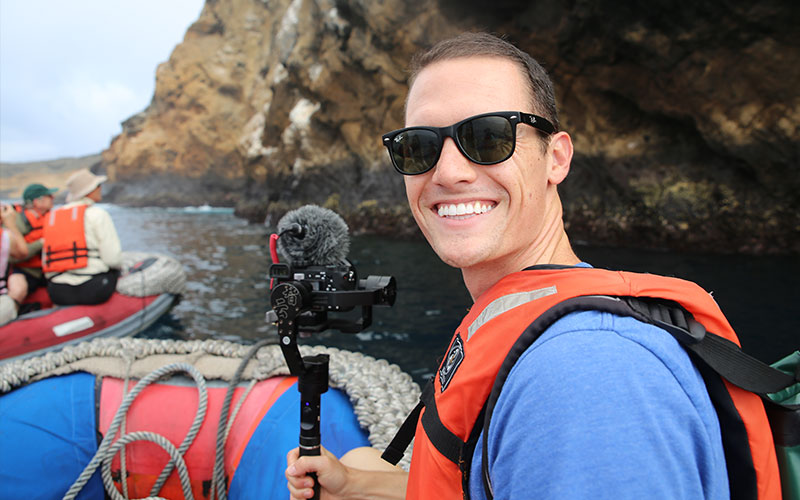
Photography in the Galapagos is a bucket list destination for professionals in the field the same way that it’s a dream vacation for divers. The stunning scenes that develop out of everyday events form pictures that will be passed around the dinner table more than once after returning home.
For the layman, making sure that you are prepared for your trip with the proper equipment before you leave is paramount. A few tips to consider before you go to make capturing the sights, sunsets, and wildlife a cinch are as follows.
1. Take a Decent Camera
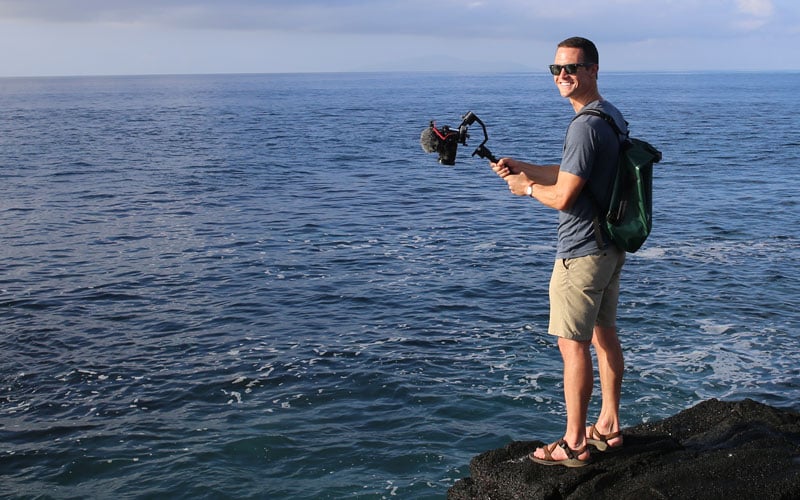
The animals of the Galapagos aren’t shy and let people get up close and personal in the towns, beaches, and bays of the islands. To take advantage of this, find a decent camera with a tight zoom setting. Bringing a handheld, waterproof camera for day trips on the water or snorkeling where bulk is a factor is also recommended.
2. Study and Practice before You Go
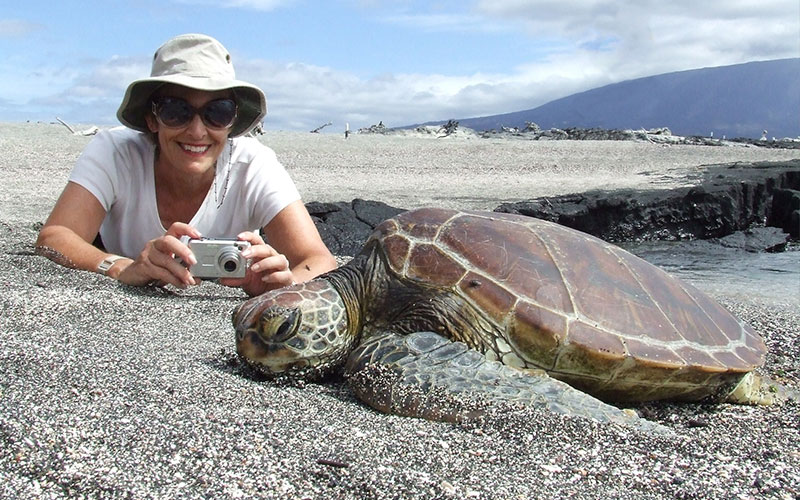
While pointing and clicking is fine for scenes at a restaurant or of a funny street sign, taking the time to study and practice composition and the way your cameras setting work can help you take the perfect shot once on the islands. The automatic setting can often leave out colors or details that a few clicks of a button can sharpen and blend to the discerning eye.
3. Know the animals
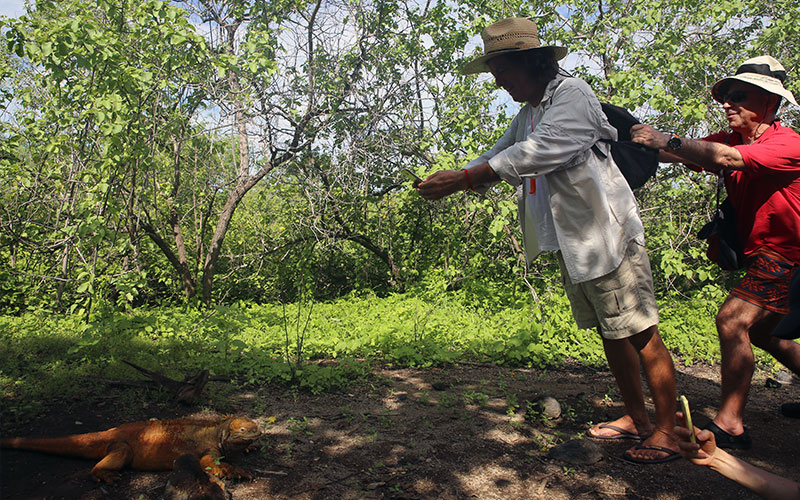
Pick up a good travel guidebook or list of animals in the Galapagos and spend some time researching what their characteristics are. Learn how they move, when they are out and their colors and set aside some time to think about how to best photograph them. A little forethought can make the difference between a good and great picture.

